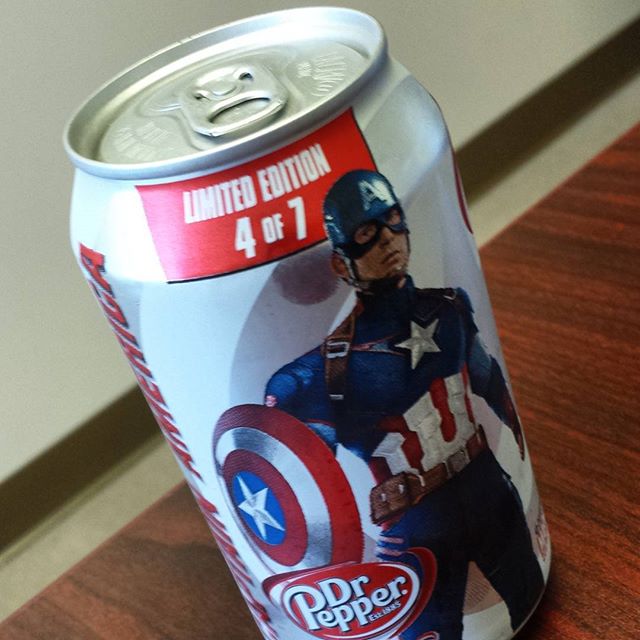The current tenuous situation with Fallen Angel reminds me of one of those curiosities of the comic book market: the relationship between episodes in magazine form and longer stories in book form.
Most comics in the US/Canadian market are released as individual issues, with maybe 22 pages of story and a bunch of ads. Longer works are often released as trade paperbacks (TPBs), but often don’t sell as well because, let’s face it, $19.95 is a much bigger chunk of change than $2.50. However, many series are collected into TPBs once the publisher figures the original issues have mostly been tapped out, often adding additional material like sketches, character designs, or occasionally an entire epilogue. (Kingdom Come and Death: The High Cost of Living both used that trick.) Advantages: they fit on a shelf, they’re often better paper and more durable, you can get an entire 6-part story in one chunk… and most importantly, they can fit on bookstores’ shelves, bringing them to an entirely new audience.
During the 1990s, only the most popular storylines would get the TPB treatment, but as the graphic novel market has grown, the trend has been toward collecting every issue of a series, so that whether you get the original issues or the collections, you still get everything. This has led to two controversial phenomena: writing for the trade and waiting for the trade. Continue reading →
